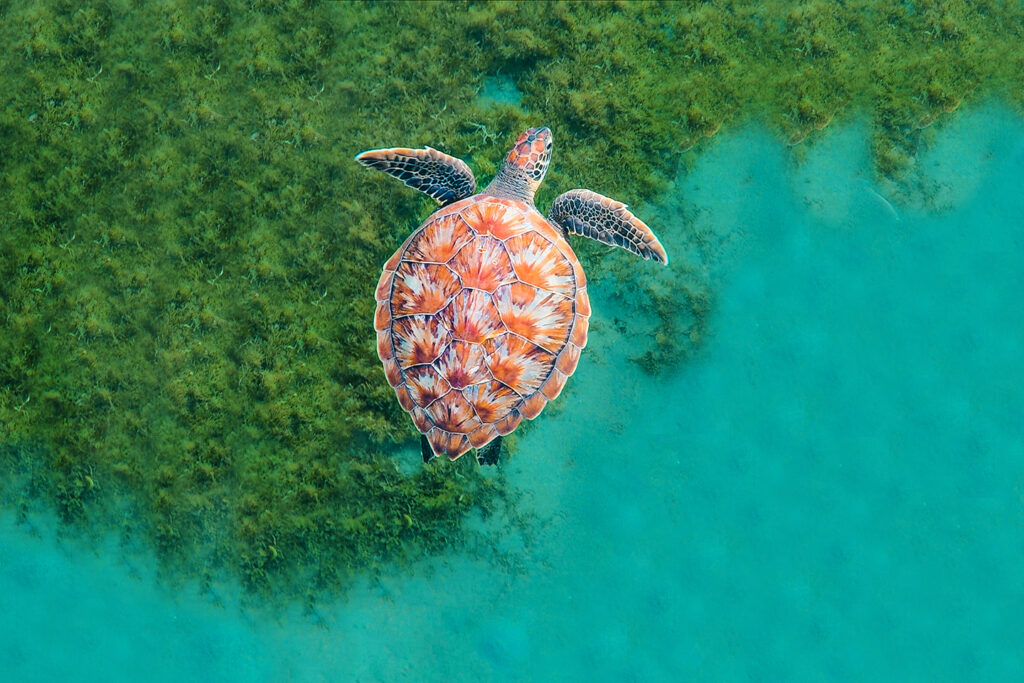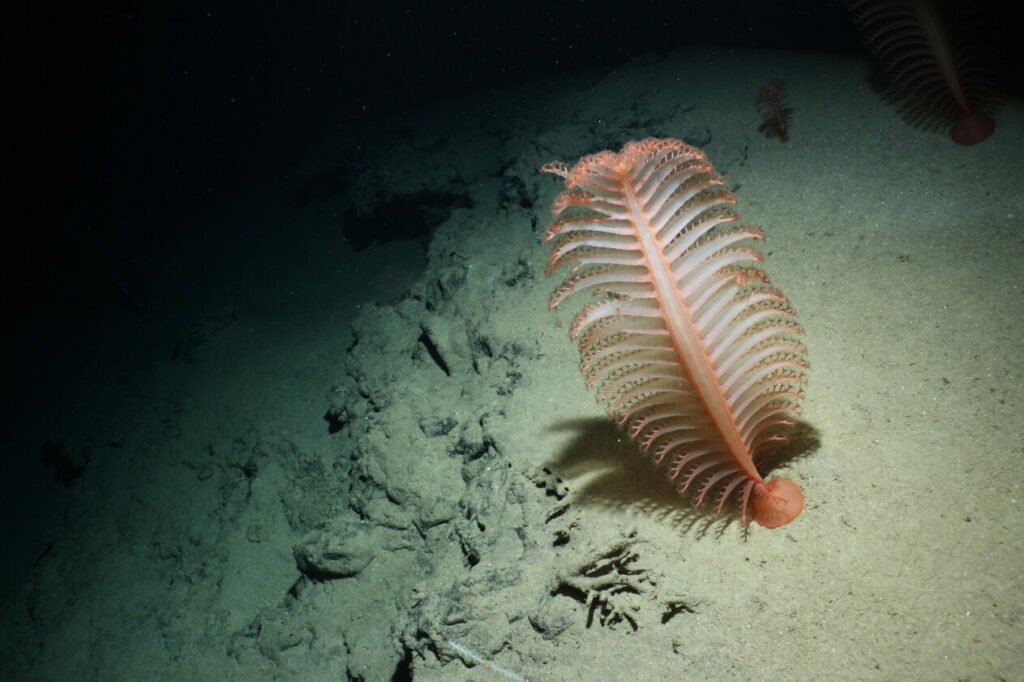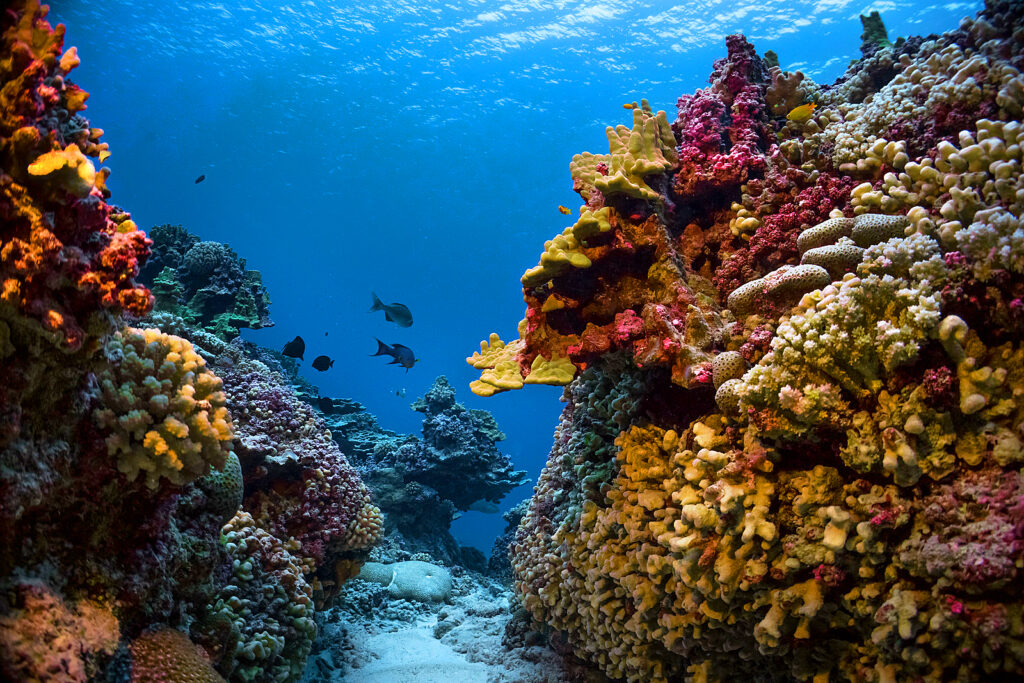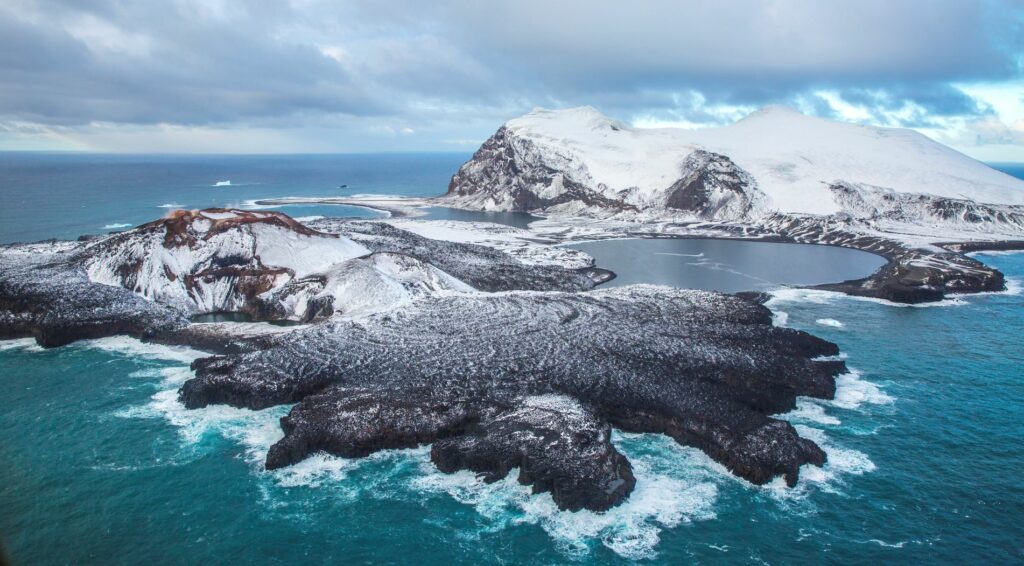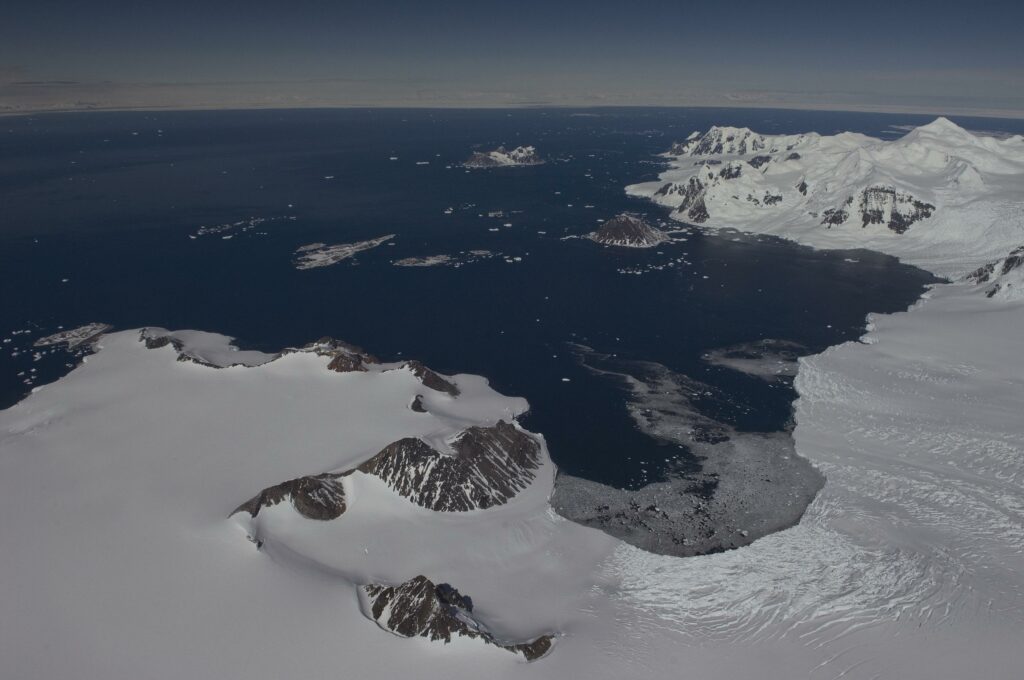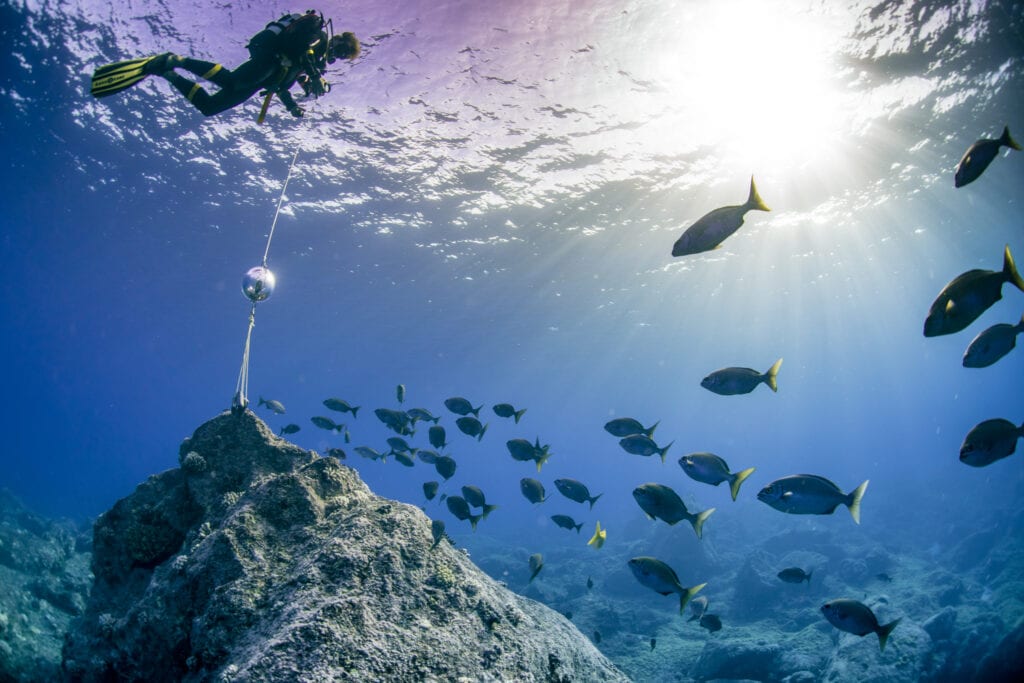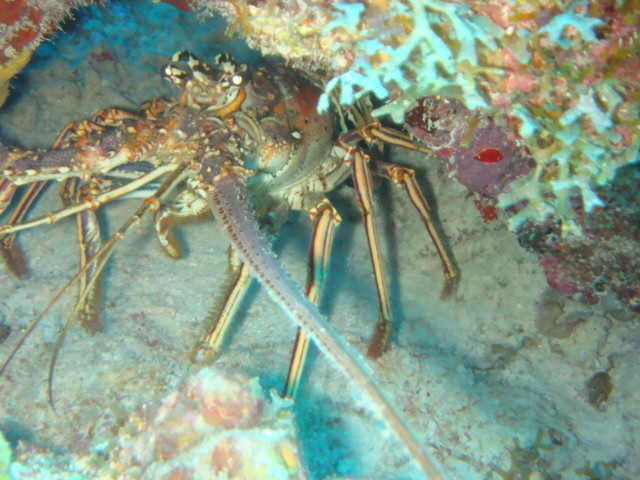The importance of mangroves and other blue carbon ecosystems in mitigating the impacts of climate change is once again high on the agenda at this year’s Nature, Land-use, and Oceans Day at the UN Climate Change Conference COP28 in Dubai. …
The deep-sea covers more than 60% of the Earth's surface. Deep-sea ecosystems are amongst the least well understood owing to the combined challenges of remoteness, vastness, and the difficulties of exploring its depths. The ‘deep-sea’ is a catch-all term that …
Despite being separated by more than 7,000 kilometres and located in opposite hemispheres, with the diverse climates and marine environments of the South Atlantic and North Sea, a ground-breaking primary school twinning project, supported by Cefas and Ascension Island, has …
The UK overseas territory of the Pitcairn Islands is one of the most remote in the world. Spanning the four small islands of Pitcairn, Oeno, Henderson, and Ducie, they form part of a remote volcanic outcrop in the Southern …
Shaped by ice and fire, the volcanic South Sandwich Islands are a remote sub-Antarctic archipelago that have remained largely uninhabited since their discovery by polar explorers in the 18th century. In winter, sea ice extends northwards across the two hundred …
In the latest of our blog series on the Global Ocean Wildlife Analysis Network, we hear from Simon Morley at the British Antarctic Survey (BAS) about what this project means for the British Antarctic Territory (BAT). Simon Morley, British Antarctic …
Kylie Bamford, Head of Marine Conservation for the UK Overseas Territories, Foreign, Commonwealth and Development Office: The Blue Belt Programme supports delivery of the UK government’s commitment to provide long term protection and sustainable management of marine environments across the …
The recently announced Global Ocean Wildlife Analysis Network will collect unique and important data from across ten UK Overseas Territories, increasing our knowledge and ability to support the protection of these valuable marine environments. The new underwater network of Baited …
An underwater mountain double the height of the UK’s Ben Nevis has been added to a global map of the seafloor.
More than 2 years after Henderson Island was found to have the 'world's highest’ recorded density of plastic rubbish scientists returned for another research expedition last June
